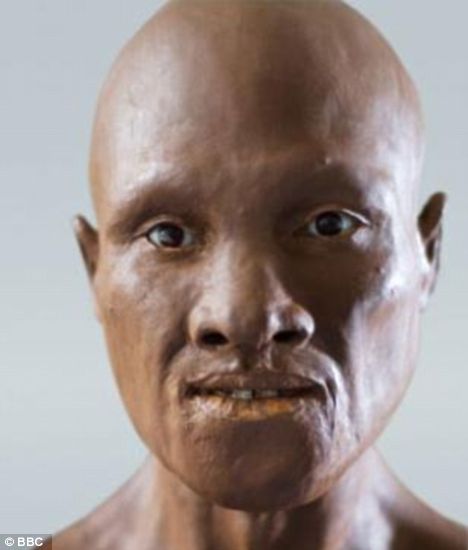Alan
Elite member
- Messages
- 2,517
- Reaction score
- 450
- Points
- 0
- Ethnic group
- Kurdish
- Y-DNA haplogroup
- R1a1a1
- mtDNA haplogroup
- HV2a1 +G13708A
Personally I'm going to stay away from extrapolating Cro-Magnon phenotypes based on modern populations... too inexact a science, if you ask me.
do you think this persons might have Cro-Magnon phenotypes.
http://img395.imageshack.us/img395/3457/awazeciyaxezal03kq7.jpg
http://hpg-sehit.com/media/k2/items/cache/7faf56e5874604be96ba8fa8c4e07ea4_XL.jpg
http://hpg-sehit.com/media/k2/galleries/479/serxwebun_ahmet_okur_2.jpghttp://hpg-sehit.com/media/k2/items/cache/7faf56e5874604be96ba8fa8c4e07ea4_XL.jpg






